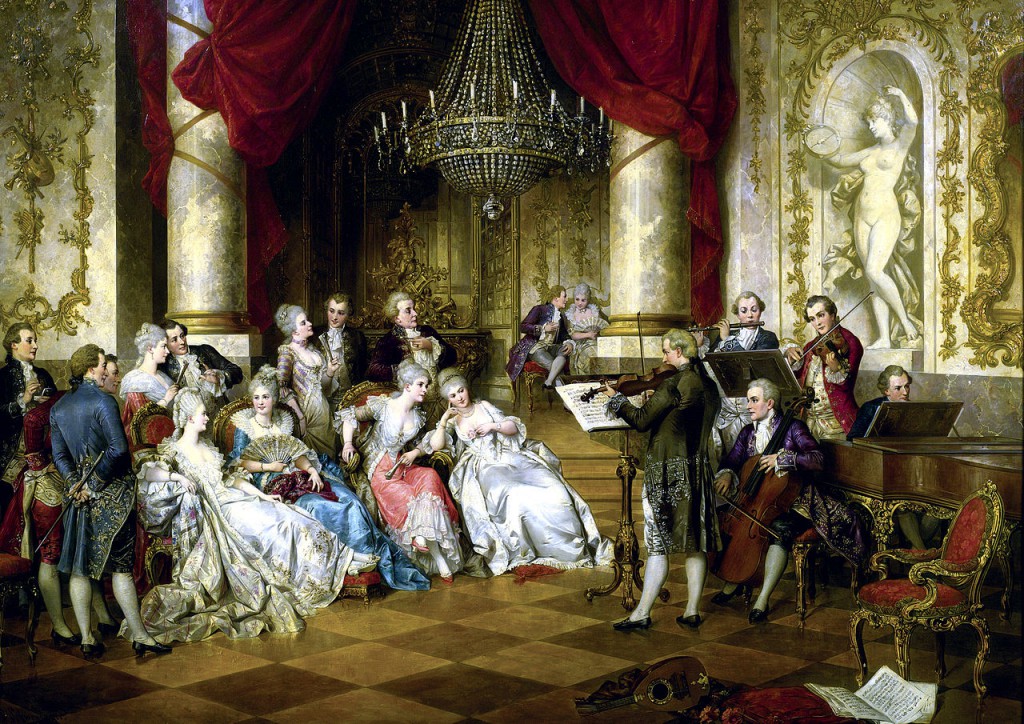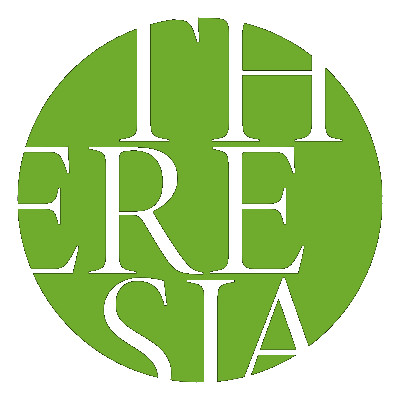
More than a Symphony, more than a Concerto: J.C. Bach and the “symphonie concertante”
By Emilia CampagnaNovember 14, 2015
At the heart of our next performance there is the Symphony Concertante C44 by Johann Christian Bach. It was Chiara Banchini herself to choose to perform this piece with Theresia; and it was Chiara Banchini to pick out the soloists (Klaudia Matlak, Agnieszka Papierska, Laura Lovisa and Maria Misiarz) from the orchestra.
Let us introduce you this special genre: not a Symphony, non just a concert for solo and orchestra, the symphonie concertante is a French form that evolved in Paris around 1750 essentially replacing the then outdated Baroque concerto grosso; composers active in the genre were overwhelmingly French. Usually parsed out in three movements – though Bach sometimes uses two – the Symphonie Concertante is very close to the form of multiple concerto where at least two or more soloists are featured in addition to the orchestra. The symphonie concertante is different from the concerto because the soloists advance melodic material and participate in moving along the development schemes, functioning as in a symphony, rather than performing a single, showy musical part in the manner of a concerto. The symphonie concertante was most popular at a time when public concerts were becoming all the rage and it was advantageous to get as many star soloists out in front of the band as possible. It was all but dead by 1820, killed by the advent of touring virtuosos who always preferred to fly solo, not to mention the rise of the “cult of the individual” arriving in the wake of the Napoleonic Wars.
Bach composed at least 15 symphonie concertante, which places him roughly third in the overall output in the genre after Giuseppe Maria Cambini (82!) and Carl Stamitz (38). They were composed in two batches; one for the Concerts Spirituel in Paris, the home of the symphonie concertante, boasting an orchestra led by the great violinist Chevalier de Saint-Georges, and the other for the Bach/Abel concerts in London, of which Bach himself was co-leader. While the form may be French, Bach’s style is Italo-German, informed by his studies with Padre Martini, his brother Carl Philip Emanuel Bach, and with his father. J.C Bach’s Symphonie Concertante, with their multiples of instruments talking back and forth over short stretches of music, maintain a kind of stylistic universality even as the instrumental timbres are constantly shifting around. The effect is often kaleidoscopic and adds considerable depth and dimension to Bach’s tightly constructed music and its hard-won subtleties.


